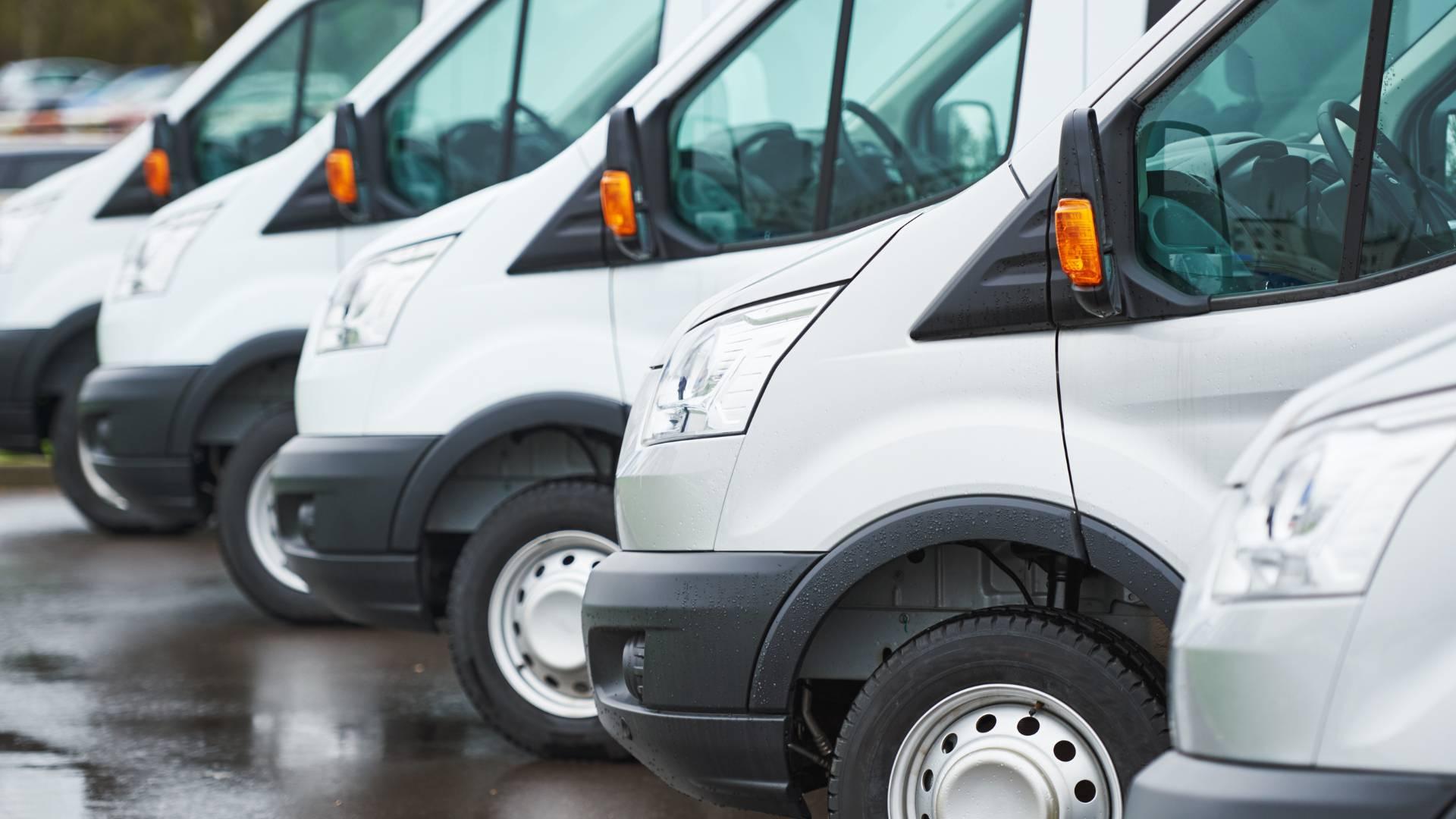
Tachograph: What is it and how does it work in the Netherlands?
In the Netherlands, a digital tachograph is mandatory for heavy trucks, buses, and light commercial vehicles in professional goods transport. But what exactly is a tachograph and how does it work? In this blog, we'll explain it to you.
What is a tachograph?
A tachograph is a device that records driving and rest times, distance traveled, and the speed of drivers. This device is installed in the vehicle and ensures safety on the road.
When is a tachograph mandatory?
The tachograph is mandatory for:
- Buses and coaches that transport more than 8 passengers (excluding the driver)
- Heavy commercial vehicles with a maximum weight exceeding 3,500 kg (own weight + maximum load capacity)
For a motorhome or camper van (non-commercial passenger transport), a tachograph is not mandatory.
Tachograph exemptions
Not every truck driver is required to use a tachograph. There are both national exemptions and international exemptions. You cannot apply for such an exemption, but during an inspection, you must be able to prove that you meet the conditions.
The smart tachograph
There are now multiple versions of the tachograph. After the digital tachograph – which records driving and rest times, distance traveled, and driver speed – the smart tachograph (Smart Tacho 1) became mandatory in June 2019. The smart tachograph has even more functions than the digital tachograph. For instance, inspectors can read this tachograph remotely without stopping the vehicle. Start and end locations are also recorded.
It has now been decided that newly registered vehicles must have the second generation smart tachograph (Smart Tacho 2) from January 1, 2025. This allows vehicle location tracking. Loading, unloading, and border crossings are also automatically recorded. An analog tachograph will then be prohibited, as will the Smart Tacho 1.
Cards for the tachograph
- As an entrepreneur in the transport industry, you need a company card and must maintain your own administration of working hours. A company card is valid for 5 years and works for all vehicles linked to it.
- As a driver, you need a driver card. This stores the working and rest times that the tachograph records and is valid for 5 years.
- A driver who is not from an EU/EEA country needs a temporary driver card. This also includes a passport photo and serves as identification. Additionally, the card provides access to the digital tachograph. The temporary driver card is valid for a maximum of 185 days and cannot be extended.
- The installer of the digital tachograph must have a workshop card to install and repair the device. This is valid for 1 year.
The tachograph symbols
There are many different tachograph symbols. The most important ones are listed below:
Driving
This symbol is used when the vehicle is in motion and indicates how long the driver has been behind the wheel.
Other work
The driver is not driving but performing other duties, such as loading and unloading.
Available
The driver is not working but is on standby.
Break
This symbol indicates rest time.
Adjusting the time on a tachograph
The tachograph time is usually synchronized with UTC (Coordinated Universal Time). However, it may be necessary to adjust the time manually, specifically when the clock goes forward one hour (daylight saving time) and when the clock goes back one hour (winter time). This is legally required to ensure all data corresponds with local time.
Reading tachograph data
As an employer, you must download the data from a driver card every 28 days and copy it to a company computer. Employers must retain this data for 1 year.
The Dutch Human Environment and Transport Inspectorate (ILT) uses the tachograph to check whether drivers comply with driving and rest time regulations. They read the data from the tachograph card. This data is then stored on the inspector's computer. It also remains stored on the driver card.





